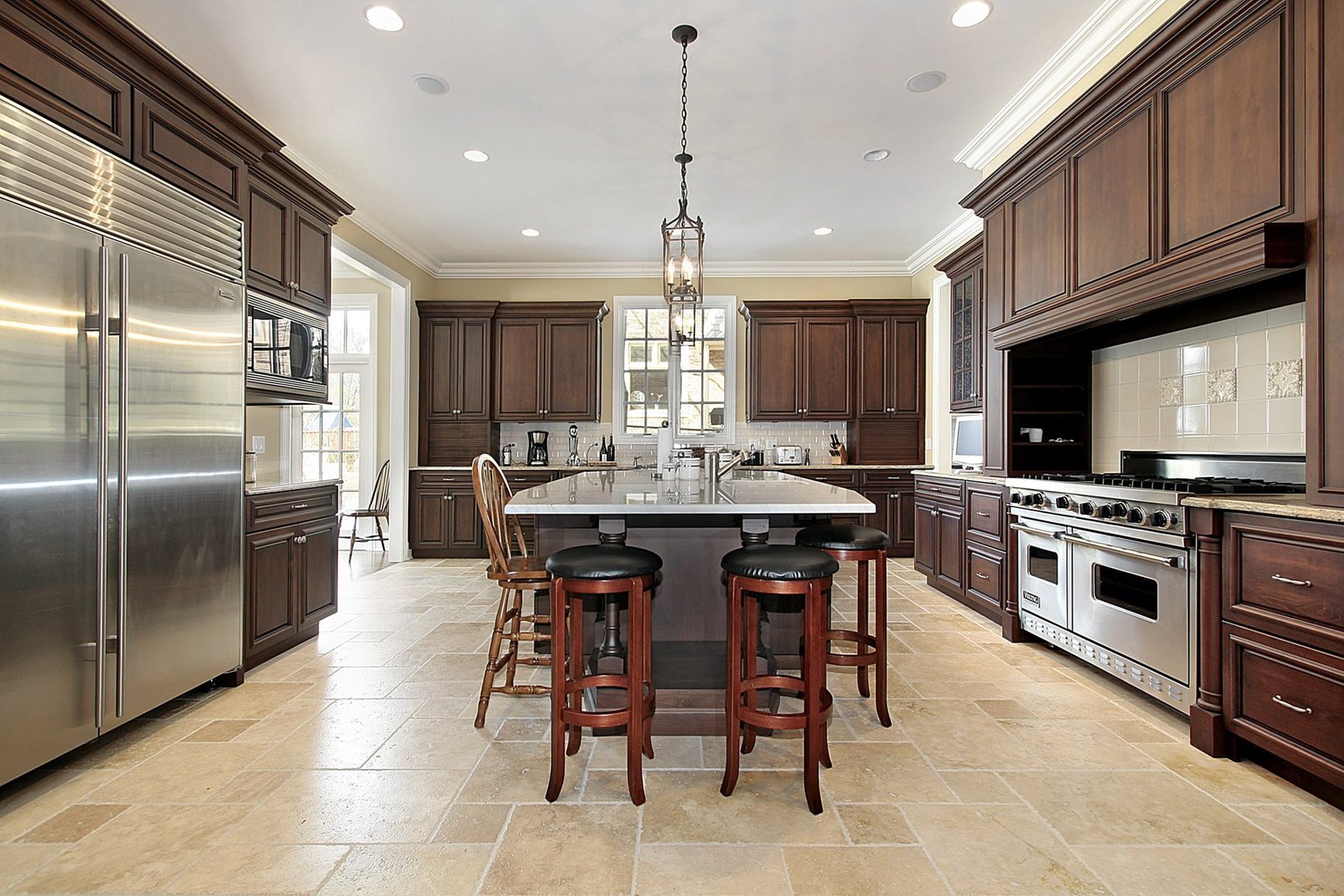TRAVERTINE NATURAL STONE BY BHANDARI MARBLE GROUP,
Travertine is a terrestrial sedimentary rock, formed by the precipitation of carbonate minerals from solution in ground and surface waters, or geothermally heated hot-springs. Similar (but softer and extremely porous) deposits formed from ambient-temperature water are known as tufa.
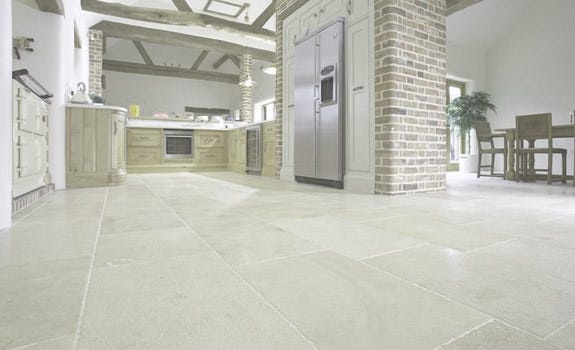
Travertine Flooring
Travertine is an especially attractive form of limestone that forms around mineral spring deposits. Its fibrous, marble-like texture and attractive earth-tone colors make it one of the most popular stones used for building materials. Historically, much of the travertine used in architecture and artwork came from the mountains of Italy, but today, most of the travertine sold are from Turkey, Iran, Mexico, and Peru.

Here’s What You Should Know About Natural Stone Flooring
As a flooring material, travertine is typically sold in tile form and comes in a variety of earth tone colors, including tans, browns, rust, and beige hues. It is a very durable stone, and while it is easier to care for than some types of natural stone, travertine is very heavy, and its porousness requires that you seal the surface regularly. It is not appropriate for all locations. But a properly installed and cared for travertine floor can add a unique blend of mountain-born beauty to interior spaces.

Travertine Flooring Costs
Travertine is a mid-range stone in terms of cost, but this puts it at the high-end in the entire range of flooring materials. A travertine floor averages about $15 per square foot for materials plus labor. Marble, by comparison, averages around $20 per square foot, and granite averages around $12 per square foot. Laminate flooring, at the low end of all flooring materials, can be professionally installed for less than $5 per square foot. Like other natural stone, though, travertine flooring can vary substantially in price from as low as $3 to as high as $30 per square foot, depending on the quality and finish of the stone. Finishes can range from a natural texture the least expensive to a honed, polished and sealed surface.
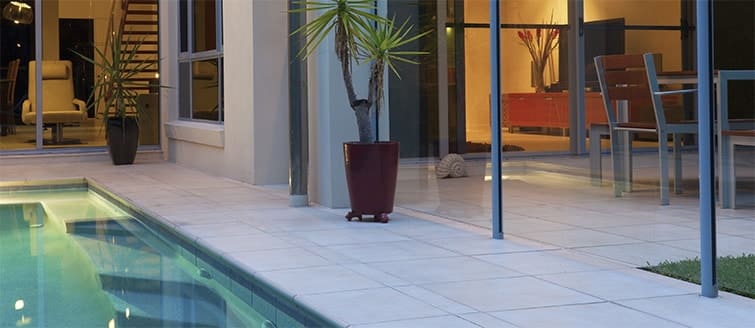
Maintenance and Repair
Maintaining travertine is paradoxically both complicated and simple. Like other natural stone, travertine has microscopic pores that can allow spilled liquids and staining agents to penetrate. This problem can be prevented by applying a penetrating sealer, followed by a barrier surface sealer. This dual treatment needs to be applied during installation, then periodically reapplied throughout the life of the floor. If you want to maintain a glossy surface, more regular resealing will be necessary.
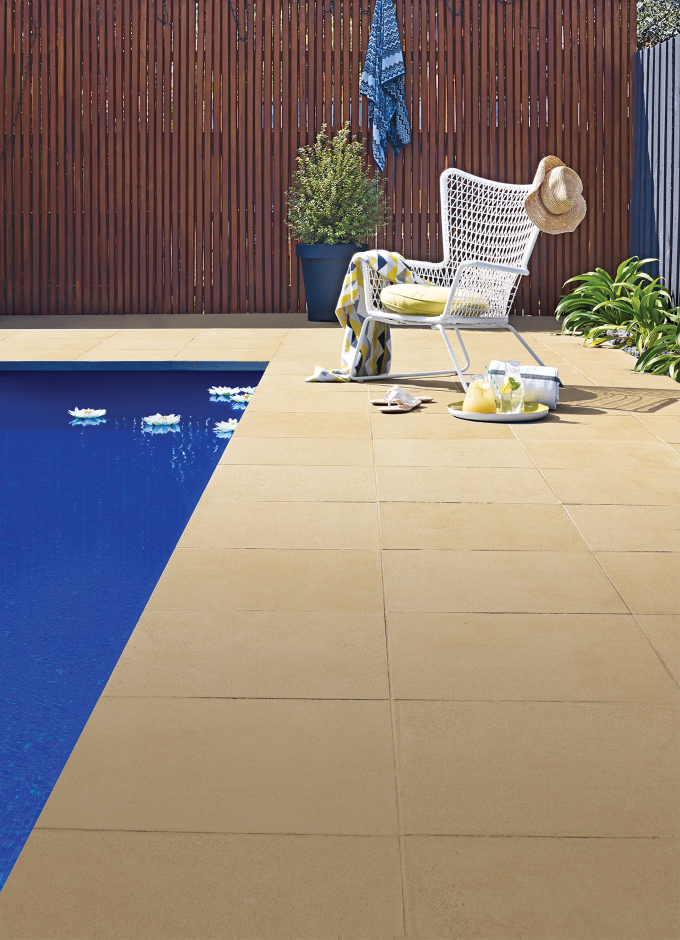
Hard tile materials such as travertine are made to take a beating without showing significant damage from scratches, cracks, or chips. Over time, a weathering effect can occur, which is often prized for giving the floor a distinct character that evokes ancient architecture. This antique patina is one of the main allures of travertine.

Design
Travertine is one of the oldest building materials in existence, and a floor made with travertine adds a sense of age and prestige to the home. At the same time, it has inherently dominant energy that draws attention in a subtle, subdued way, with mild tones found swirling in its hazy, shifting surface effects. Each piece is also a nature-formed work of earth art, creating a one-of-a-kind installation.
Thanks to its soft palette of colors, travertine maintains a reserved dignity that is much more subtle than granite or marble. Available in tans and beiges, grays, and speckled off-white hues, these tiles can bring the towering dominance of earth to a flooring installation without overwhelming a room with dramatic colors.

Travertine Flooring Installation
Like other stone tiles, travertine flooring is installed in much the same way as ceramic tile. A layer of cement board underlayment is applied over the subfloor, then the stone tiles are laid with thin-set adhesive, and finally, the joints are filled with grout. Grouting can be tricky with travertine if the tiles have not been sealed since the grout can stain the material. When using unsealed tiles, it’s best to apply a sealer before grouting.
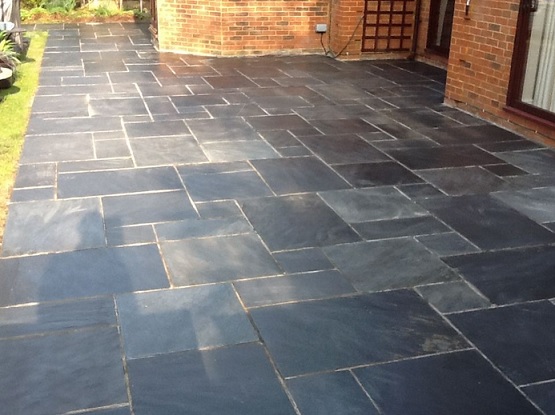
While the installation techniques are similar to those for ceramic tile, travertine poses some unique difficulties. Because this material is very heavy, the floor structure must be strong and stiff enough to support the flooring without excessive bowing or flexing. Structural reinforcement is sometimes necessary. Travertine is a very hard stone, and ordinary tile-cutting tools are not sufficient to cut it. Instead, a power wet saw equipped with a diamond blade is used. Because of these difficulties, installing travertine is not a popular DIY project; the work is usually left to professionals.

Top Brands of Travertine Flooring
Travertine flooring tiles can be purchased at just about any tile shop and even most home improvement centers. This is not a product that depends on manufacturing brands since the wholesalers that supply retail outlets buy their stone from the same quarries. More important is the classification of the travertine:
Polished: In this classification, the tiles are very glossy, since the stone has been polished for maximum smoothness and completely sealed. This is the best for resisting stains, but it is very slippery when wet.
Honed: This class of travertine has been filled and lightly polished, but it still has a matte-like finish and is less slick and slippery than polished stone. This is the most popular stone for indoor floor use.
Tumbled: Tumbled travertine has rounded corners and edges, with an aged, antique look. It provides good traction underfoot but will need to be sealed against stains. It has a beautiful antique look but isn’t very practical for heavy-use floors.
Brushed: Brushed travertine has textured by treatment with wire brushes to give the stone a matte surface.

Comfort and Convenience
Like most solid-stone materials, travertine flooring tends to retain its temperature—it will be cold in winter and retain summer heat well into the evening. On chilly mornings the floor can be uncomfortably cold on bare feet. You can minimize this problem with area rugs placed in strategic positions. On the flip side, a travertine tile is a good option for flooring over radiant heating systems. Once the tile heats up, it is an excellent conductor that will gently heat up a room.

Is Travertine Flooring Right for You:
Travertine floor tile is a premium natural stone material that is well suited if you have an ample budget and want the antique elegance that this natural stone lends. But if you aren’t willing to reseal the floor periodically, or if the lofty price puts you off, a stone-look porcelain tile is worth considering as an attractive natural stone.

CONTACT US ON; 9829040013

